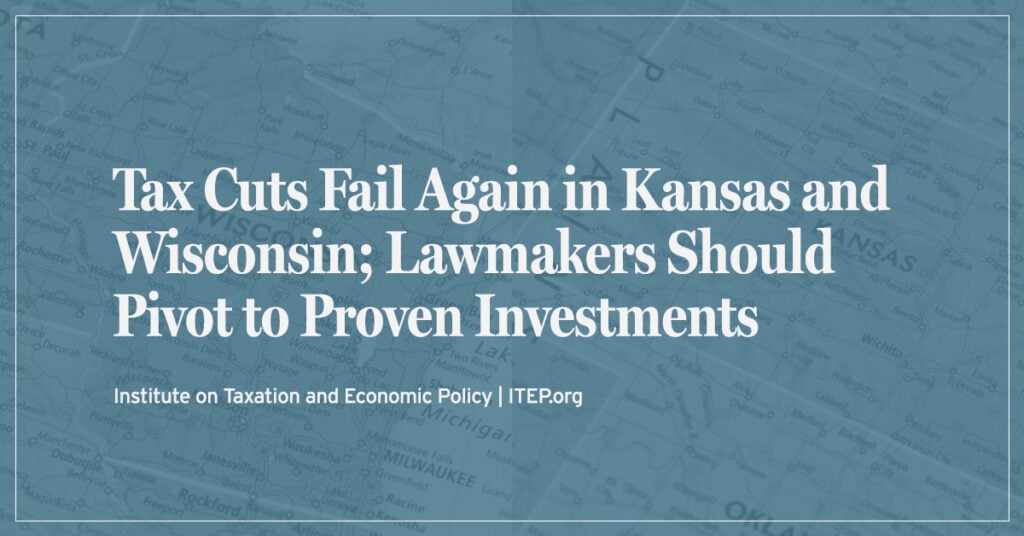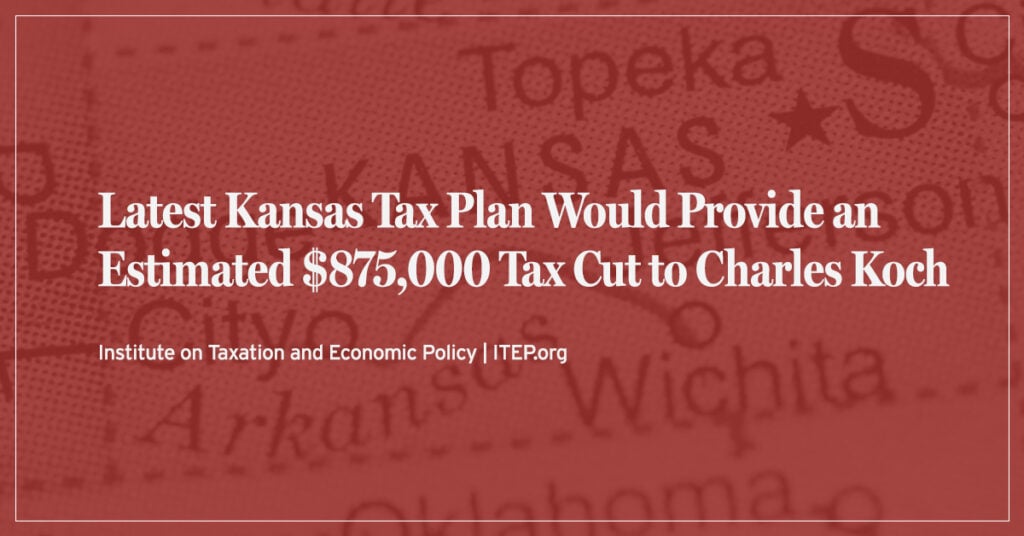By William T. Terrell
Published Wednesday, Feb. 29, 2012, at 5:25 p.m.
Updated Wednesday, Feb. 29, 2012, at 5:26 p.m.
It’s amazing that economist Arthur Laffer is having a great impact on attempts to alter Kansas individual income taxes, and that neither Gov. Sam Brownback nor Revenue Secretary Nick Jordan has arranged for a critical review of Laffer’s empirical work.
Laffer claims that the nine states with no individual income tax are outperforming nine so-called high-rate income-tax states.
His testimony in Oklahoma involved his paper “Eliminating the State Income Tax in Oklahoma: An Economic Assessment.” This manuscript was not presented to the Kansas Senate Committee on Assessment and Taxation. Rather, Laffer simply lifted one table from this manuscript and replaced the data line labeled “Oklahoma” with Kansas data.
Laffer’s presentations in both Oklahoma (November 2011) and Kansas (January 2012) recently have come under scrutiny by the nonprofit and nonpartisan Institute on Taxation and Economic Policy. There are two papers (www.itepnet.org/DebunkingLaffer/) that expose the misleading data in the Kansas table, make necessary corrections, and conclude that the reverse of Laffer’s assertion is true – that the nine high-tax-rate states identified by Laffer enjoyed greater economic growth per capita from 2001 through 2010 (Laffer uses this decade) than the nine states with no personal income tax.
Three data series show this conclusion: Per capita real (corrected for inflation) gross state product for the high-rate states increased by 10.1 percent and only 8.7 percent for the no-tax states; real median household income growth shows a decline (minus 0.7 percent) for the high-rate states and a steeper decrease (minus 3.5 percent) for the no-tax states (the Great Recession was still effective in 2010); average unemployment rates for both groups of states were the same – 5.7 percent.
My testimony to the same Senate committee last month was that during fiscal year 2007, six of the no-tax states had higher unemployment rates than Kansas. The same is true for December 2011.
The Laffer table errs by presenting a number of variables that are very closely related to population growth. This is true for his gross state product, nonfarm payroll employment growth, population growth, and net domestic in-migration measure. The states with faster population growth also experience more growth in the total number of jobs and in the total amount of output. Once one corrects for inflation and population growth and makes use of household income and unemployment rates, the Laffer claim is empty.
Laffer errs in selecting his nine high-tax-rate states by adding federal marginal income-tax rates to his estimates of state and local marginal rates. Such upward bias is never mentioned.
Population increase is not determined by income-tax provisions. From 2001 through 2010, 18 of the top-20 states for population growth were in the south or western part of the country. In fact, eight of the nine no-tax states are in these regions. These regions have higher population growth because they exhibit lower population density, more accessible suburbs, higher birthrates, higher Hispanic immigration and warmer weather.
My own investigation of total tax burdens by shares of diverse revenue sources confirms that the nine states with no-income tax lead the nation in imposing high revenue percentages from either property taxes, various sales taxes or both (Tax Foundation data). The ITEP study of total state tax burdens by income class shows that six of the nine no-tax states are among the 10 most regressive tax structures in the country.
Further examination suggests that all nine of the no-tax states enjoy revenues from sources not now available to Kansas. This is what enables them to abandon personal income taxes.





